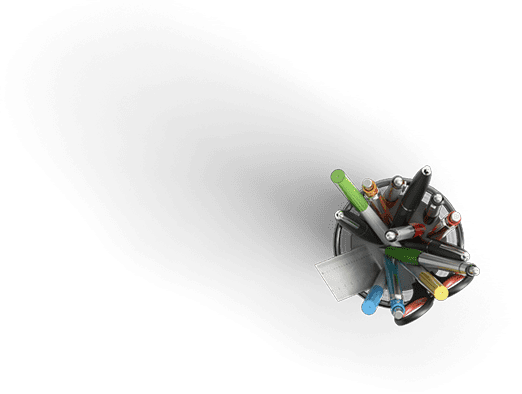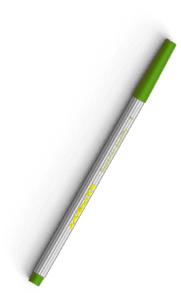week 2 discussion
Description
Week 2 Discussion: Global wildlife trade – Group 18
From 2023SpringB-X-BIO322-24129
22 unread replies.22 replies.
Global wildlife trade and COVID-19: Sustainable and ethical?
A game reserve guide in Zimbabwe holds a female pangolin at Wild Is Life animal sanctuary outside Harare on Sept. 22. Pangolins are the world’s most heavily trafficked mammal; demand for pangolin meat and body parts is driving the secretive scaly ant-eating mammals to near extinction. Photo credit: Jekesai Njikizana/AFP/Getty Images, from NPRLinks to an external site..
Over the last few years, you’ve probably hear a lot about the link between the current coronavirus (SARS-CoV-2Links to an external site.) and its likely origin somewhere near a legal wildlife (wet) marketLinks to an external site. in China. Markets like these are just one example of the many international hubs in the global wildlife trade. SARS-CoV-2 is a zoonticLinks to an external site. pathogen, which means it originated in a non-human vertebrate animal and jumped into the human species. About 75% of the emerging infectious diseases in people have zoonotic origins, most of which are linked to close contact between humans and domesticated animals (livestock), and some wild, captive animals like those found in the wet market in China. Although SARS-CoV-2 is thought to have spread due to direct contact between stressed animals and people, zoonotic pathogens are also transferred indirectly between vertebrate animals and people by an insect vector like mosquitos and ticks, which can carry West Nile virus and pathogens related to Lyme disease. Pathogens you may have heard of, like HIV, Rabies, Ebola, Salmonella, Sin Nombre (hantavirus) and bubonic plague, are all zoonotic in origin.
To help you think through this week’s discussion, consider the background information below and watch these short videos.
- Do you eat fish? Purchase furniture from IKEA? Buy spices or other food items from an international import market? Have a fish tank filled with colorful freshwater or ocean creatures? If your answer is yes, then you’ve very likely supported the international wildlife trade industry. Wildlife trade is the intentional capture, collection, and selling of dead or living plants and animals from the wild and the products derived from them.
- Wildlife trade is legal if the plants and animals are not listed as protected under the CITES international agreement (the Convention on International Trade in Endangered Species of Wild Fauna and FloraLinks to an external site.). On the other hand, wildlife trafficking Links to an external site.is illegal wildlife trade, which means poaching and illegally harvesting protected species for trade in their related parts or products. Endangered animals like elephants, tigers, rhinos, and pangolins are all highly trafficked as a part of the illegal wildlife trade for their uses in traditional medicine or food.
Recent media and sources have been mixing up legal and illegal wildlife trade, which confuses everyone. I’d like you to understand the difference, and how legal and illegal wildlife trade may be connected.
1. This short videoLinks to an external site. (1:17 min) by Dr. Dilys Roe highlights the importance of sustainable wildlife management — which includes legal wildlife trade, to support the livelihoods of impoverished local people and communities in developing countries. TRAFFICLinks to an external site., a non-profit organization started by the IUCN Species Survival Commission strongly supports legal wildlife trade and emphasizes that local people must be allowed to benefit monetarily from wildlife so they have an incentive to conserve animals (and thus not poach and sell wildlife illegally, which can bring them big money).
2. In the below video (1:15 min), Ivonne Higuero, the Secretary-General of CITES tells us that illegal wildlife trade threatens the sustainability of nature’s products to support local communities. In other words, illegal wildlife trafficking undermines the sustainable, beneficial practices of legal wildlife trade, which is an important conservation tool.
3. But in this important NatGeo articleLinks to an external site. (<– link to 8-10 min read), Dr. Jonathan Kolby, a former USFWS law enforcement officer, argues that the extensive legal wildlife trade is a key part of the problem, because lax regulations and enforcement in the legal wildlife trade industry allows illegal trade to thrive in the shadows and bringing risks of disease.
4. Finally, here is a short videoLinks to an external site. (2:07 min) by Dr. Jane Goodall, of The Jane Goodall InstituteLinks to an external site., with another important perspective on wildlife trade. (Regarding the first few seconds of the video, Dr. Goodall recorded this video in mid March when COVID-19 was primarily surging through China and had not yet been detected in the rest of the world.)
The discussion question for this week is:
Considering the risks and moral issues involved, do you think it should be legal to capture animals from the wild for sale as food and entertainment? Why or why not?

Have a similar assignment? "Place an order for your assignment and have exceptional work written by our team of experts, guaranteeing you A results."








